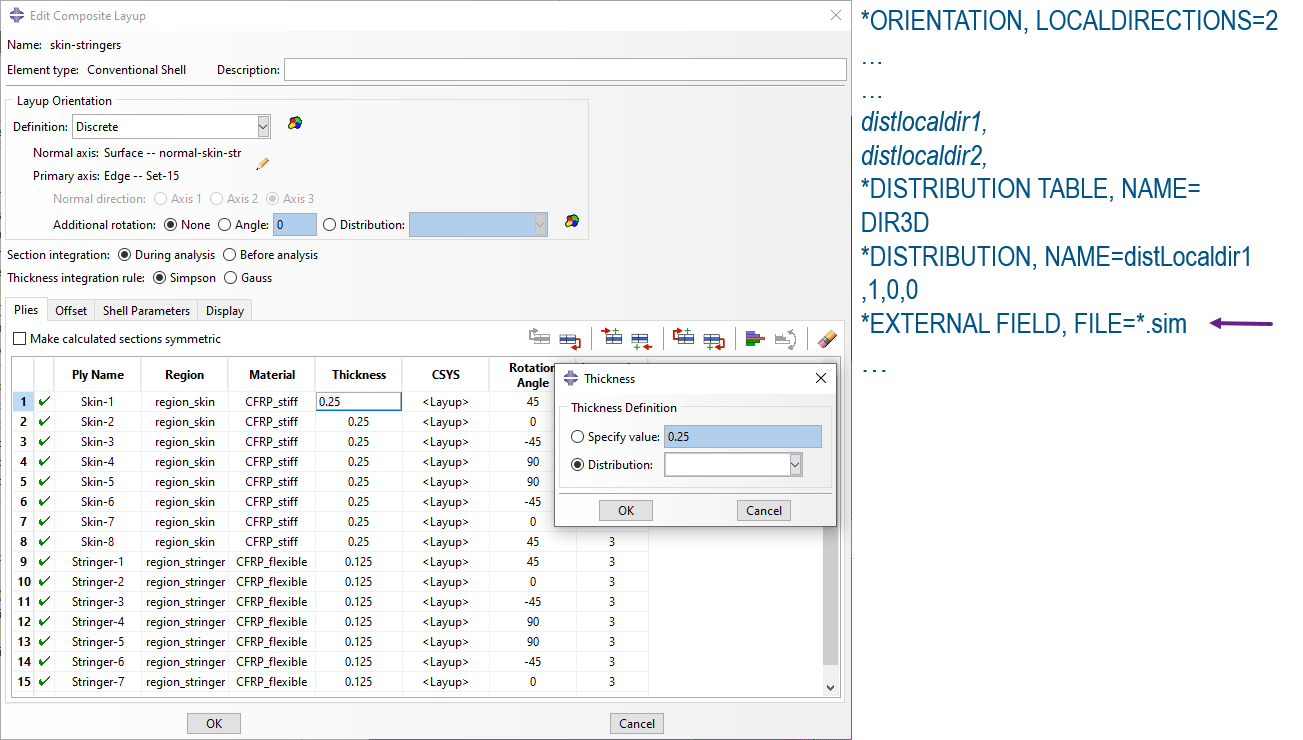From Simuleon we wish you a Merry Christmas and all the best for 2021!
And at least I am hoping for some snow ;)
Here in the Netherlands we have the expression that something can 'snow under'. Figuratively, this indicates that it's forgotten, because something else is taking up all the attention. Typically, this isn't a good thing, but in light of the current pandemic, it may not be a bad thing if we can forget 2020, hence this simulation with 2020 numbers ;-).
Also, I've wanted to simulate something snowy for Christmas for some time now. For those interested I'll explain how I did this.
One of the challenges of making something look like snow, is that we need separate particles or nodes and that they should be random, preferably both in size and in how they are distributed over space. (Ideally the shape and velocity would perhaps also differ, but let's stick to these two factors now). Randomness isn't the easiest thing to obtain in a simulation, and Abaqus focusses on solids rather than particles.
In order to obtain randomly distributed particles I used DEM, the discrete element method. In this case each nodes represents an individual particle. These particles are rigid and have a spherical shape. There is a particle generator, that allows particles to be generated that are randomly distribution over a surface. For the size of the particles, a distribution can be specified. When the particles are generated, they have a specified initial velocity.
Especially for DEM a Hertz type of contact is available, that includes the compression of two particles of certain Young's modulus in Hertz contact as over closure: instead of the particles deforming without overlap, the don't deform but have overlap tohave the same distance between their centers.
DEM-related functionality is only available via keywords.
DEM with the particle generator and the Hertz-type of contact was used in this analysis.
Merry Christmas and the best wishes for the new year!
The Simuleon team





